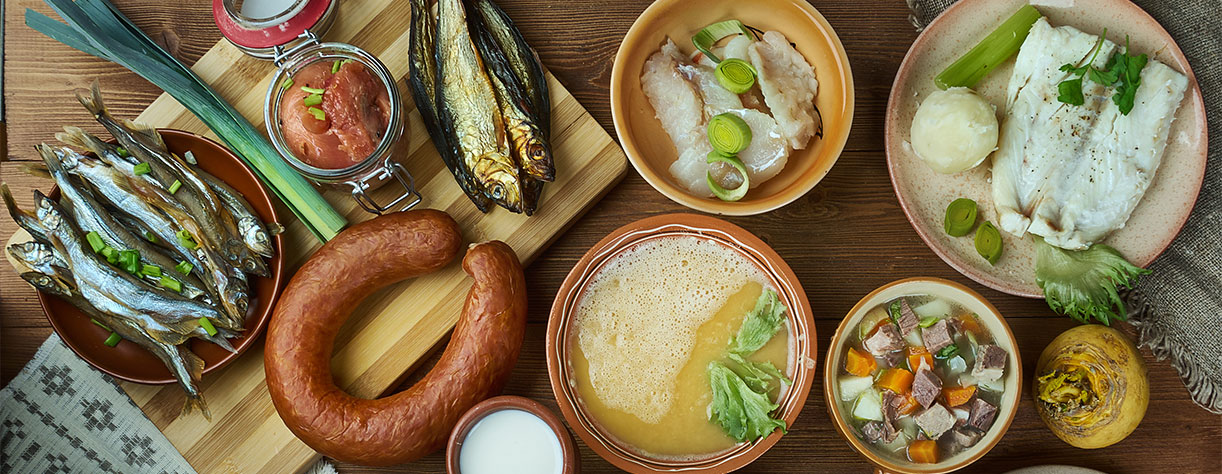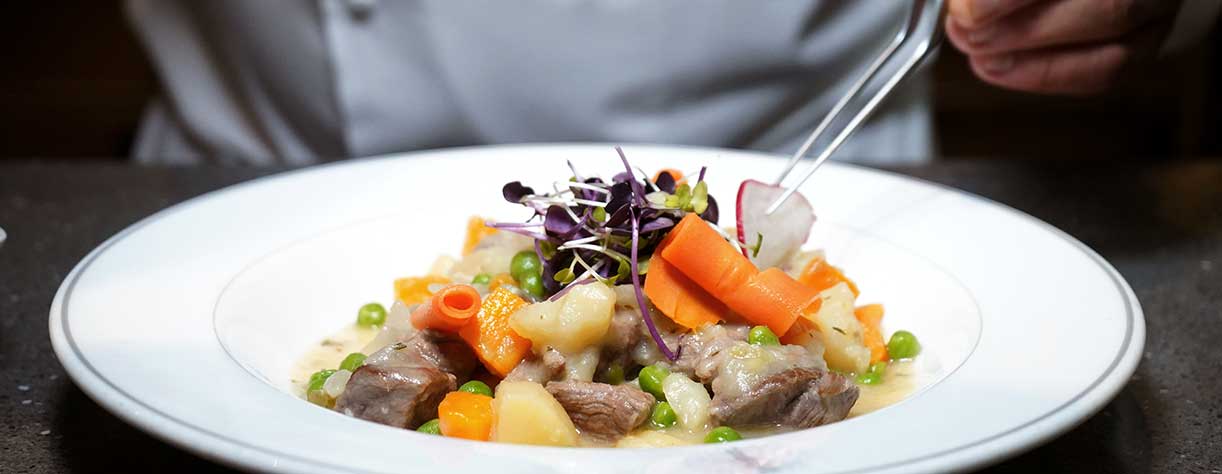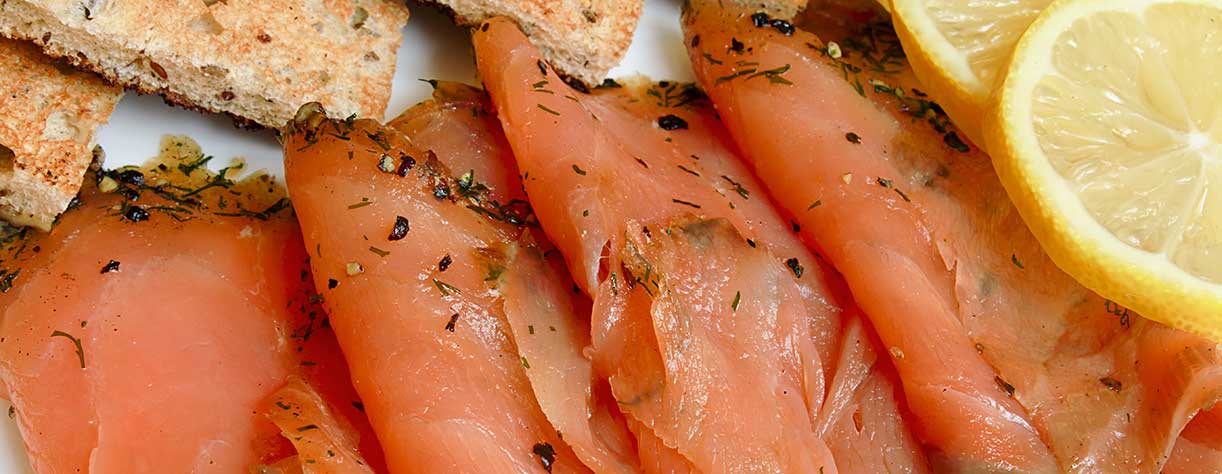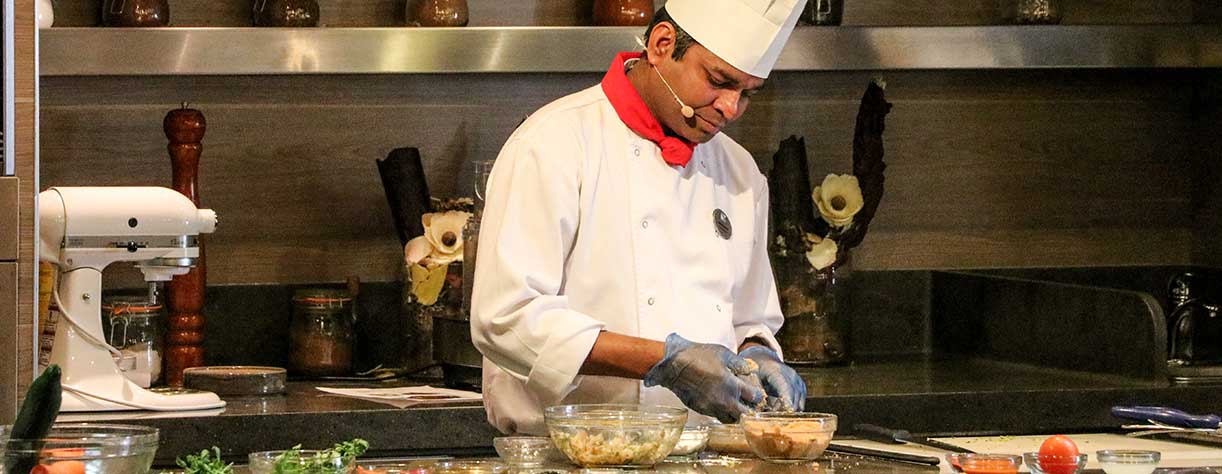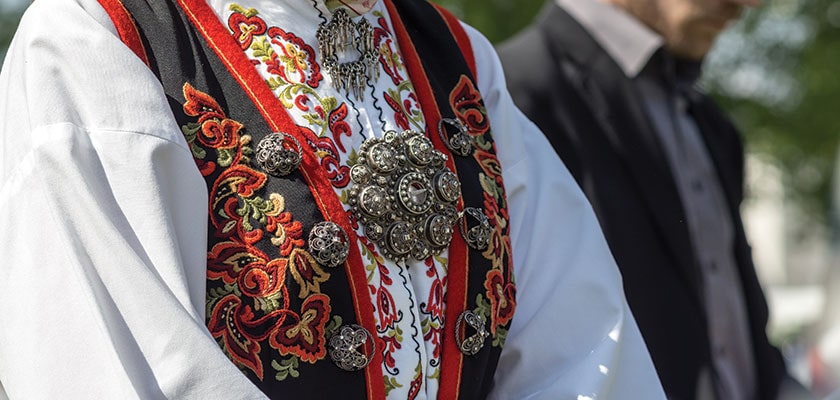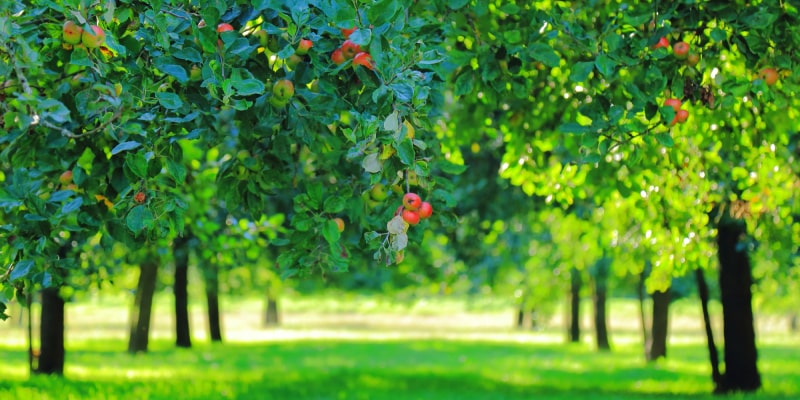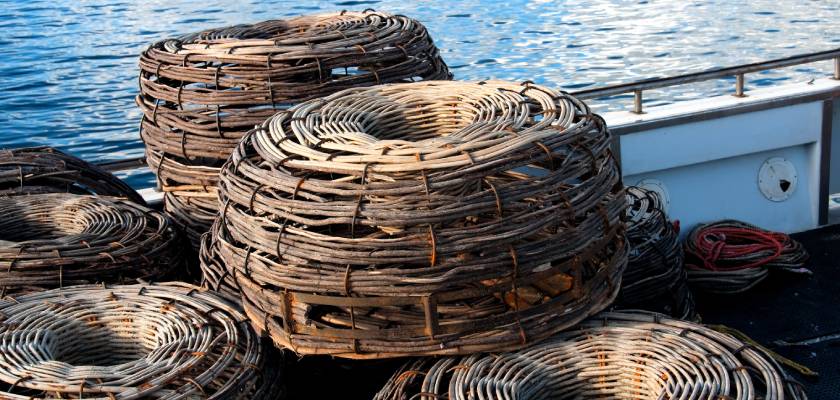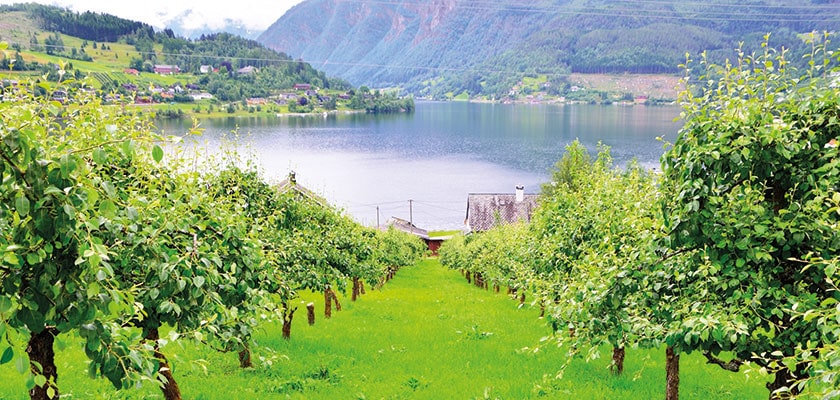Norway’s food is as diverse and vibrant as the country’s stunning landscape. It’s shaped by its long coastlines, river systems, impassable mountains and dramatic fjords. The flavours and dishes of Norway are deeply rooted in its history, climate and the resourcefulness of its people.
So if you’re Norway-bound, why not take a moment to find out what kinds of experiences you can expect from Norway’s food culture?
The regional origins of Norwegian dishes
Norway’s traditional food varies from region to region. They reflect the local environments and resources.
In the coastal areas, particularly in the west and north, seafood dominates the diet. Dishes such as rakfisk (fermented trout) and klippfisk (dried and salted cod) have been staples for centuries. They showcase the ingenuity in preserving food in the pre-refrigeration era.
The inland regions, with their colder climates and mountainous terrain, have given rise to hearty fare like fårikål (mutton and cabbage stew). This is the national dish, which provides warmth and nourishment during the harsh winters.
If you’re from the UK you might be used to breakfast, lunch and dinner. In Norway, there are four traditional mealtimes:
-
- Frokost: Breakfast, served first thing in the morning
- Lunsj: Lunch, around midday
- Middag: The main meal of the day, which can be served any time from 2–6 p.m
- Kveldsmat: A late snack, eaten before bed
What food is Norway known for?
Norway might not have the international ubiquity of Italian or Chinese cuisine, but it has plenty of dishes that are well-known throughout Scandanavia & The Baltic.
As the national dish of Norway, Fårikål is one of the most popular foods in the country. The name simply means “mutton in cabbage”. You might notice the similarity with the English vegetable “kale”, and the words share linguistic roots. As for the “fåri” part, the closest relative in English is the Faroe Islands, which means “island of sheep”.
Look at a list of essential ingredients and you’ll see just the two, with salt to taste. However, it can be modified with peppercorns, beef stock and potatoes and still maintain its integrity. In the hands of an expert cook, you’ll marvel at how much flavour can be wrung from its simplicity.
Lapskaus is a hearty, comforting stew that varies in style across different parts of Norway. It’s made with potatoes, onions and meat (often beef or pork). Its origins are humble, as it was a practical means of using leftover meat and vegetables.
Like Fred. Olsen, lapskaus has a connection with Liverpool through seafaring. The port was a stopping-off point for Norwegian ships, and Liverpudlians borrowed part of the name (scouse) for quick, cheap stew. It became the local dish, and the local populace became “Scousers”.
Another traditional dish is Kjøttkaker. This time it’s a simple meatball, although they tend to be larger than the Swedish or Italian ones. Beef, pork or lamb go into them, or perhaps even a spot of game if it’s available. You’ll usually find this comforting treat served with gravy and potatoes, with a garnish of lingonberry jam.
Norwegians, like most of Europe, found their own ways to prepare potatoes after their arrival in the 16th century. Their take was mixing it with flour to form a raspeball dumpling, rather like gnocchi. Again, though, they’re a larger version, with each one being a few inches across. You see them served with vegetables and meat, and it’s not unusual to have them alongside boiled potatoes.
Raspeball is a common name in western Norway. In the south, they go by the name of "kompe" and, in the central regions, "klubb".
Gravlax, or gravadlax, means “buried salmon”. Its preparation involves curing salmon with salt, sugar and dill, then leaving it to ferment under pressure for a few days. This technique dates back to the Middle Ages when fishermen would ferment the fish by burying it in the sand above the high-tide line.
Today, Gravlax remains a popular dish in Norway. It’s served as an appetiser or part of a koldtbord (a buffet or smörgåsbord), reflecting the continued importance of salmon to Norwegian cuisine.
Lutefisk, with its gelatinous texture, is made from dried or salted fish. Cod is most common, but ling and burbot are used as well. It is soaked in lye, an alkaline liquid, then rehydrated for days until it becomes edible again. Lutefisk is a traditional dish served during Christmastime, with origins dating back centuries.
This unusual dish showcases the Norwegian tradition of preserving food. It reflects the importance of fish in the Norwegian diet and it’s so revered that you can visit the Lutefiskmuseum in Drøbak, just south of Oslo.
Smalahove is a traditional dish made from a sheep’s head, originally eaten before Christmas. This intriguing dish hails from the western parts of Norway and was once considered only worthy of the poor. However, today it is enjoyed as a delicacy, symbolising the resourcefulness of Norwegian cuisine.
The preparation involves smoking, drying and boiling the head, and it is typically served with rutabaga (a type of turnip) and potatoes. It may come as a culture shock to some, as there's no attempt to hide the fact that it’s a sheep’s head. You might respect that as it shows a disarming honesty we’re not used to.
Try it on board
All this talk of perfectly prepped fish, mutton and potatoes has no doubt got your mouth watering. Perhaps you’d like to learn how to make many of these traditional dishes?
When you sail to Norway with Fred. Olsen, we share local culinary experiences – as we do wherever you visit.
Our chefs offer demonstrations of Norwegian cuisine in our Signature Experiences at many of the Norwegian destinations we visit, so you can even try your hand at making it yourself. Just imagine your family’s delight when you invite them round for a smalahove evening on your return!
Taking the experience Ashore
During your cruise to Norway, you'll have the opportunity to embark on a selection of Shore Tours that showcase the very best of this breathtaking part of the world, from learning about rural life, to fishing for your own crayfish our fascinating excursions are designed to bring this enchanting destination closer to you.


